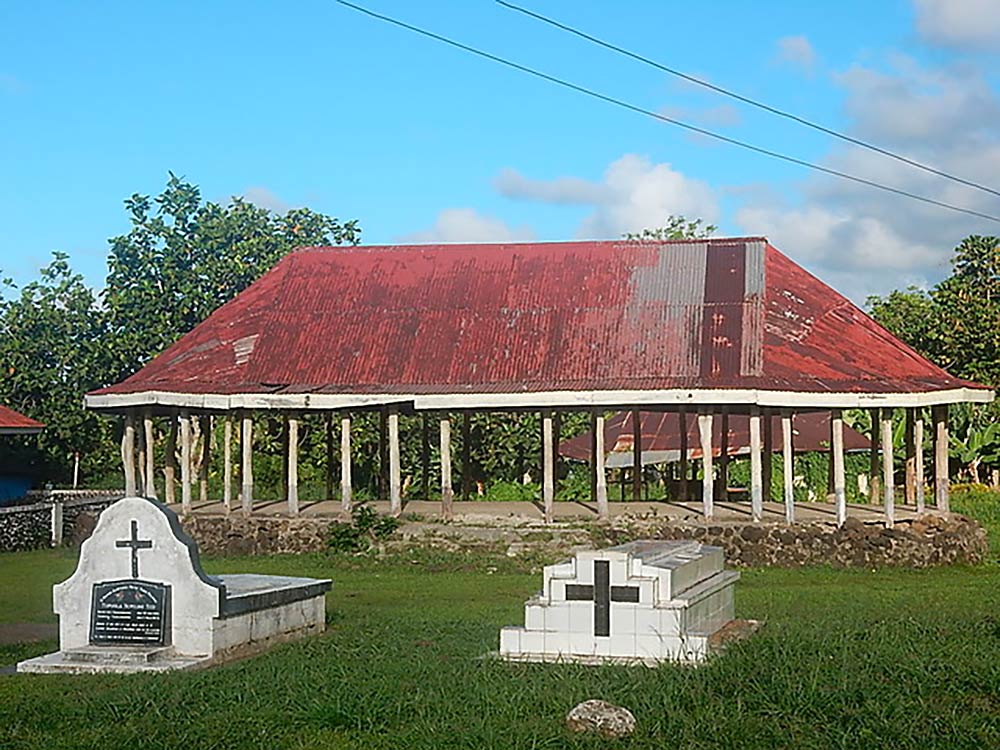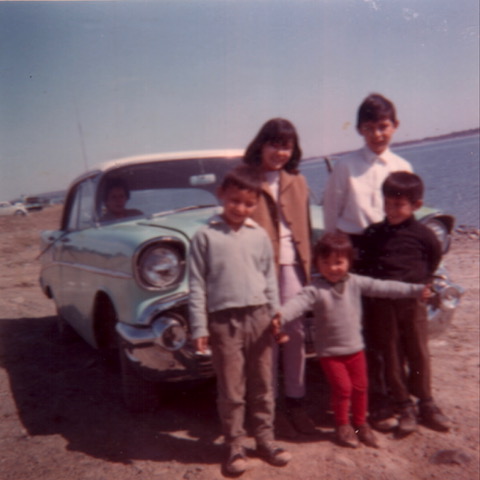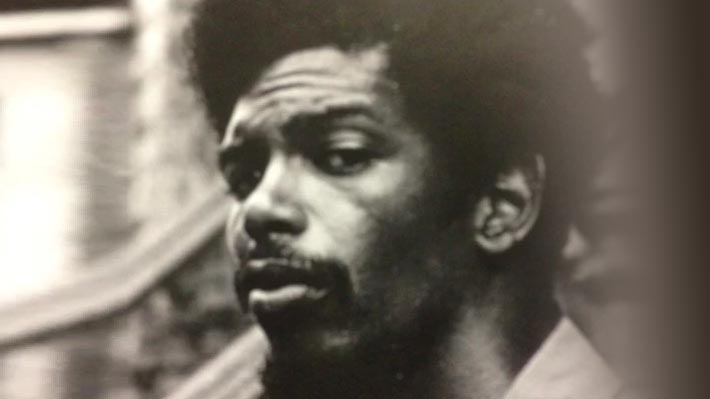As we prepare to release our latest documentary, the End of Immigration? we wonder whether it will be our last, with the new round of funding cuts from the federal government that has this sector reeling. The hunger for documentaries is higher that ever as people search for critical analysis to understand the forces shaping the world and their role in changing it. The government appears desperate to gag media and other sources that stimulate this reflection, including education and culture. Our film The End of Immigration? signals the end of an era in the way this country was built, with its increased reliance on temporary foreign workers – “rent a workers”, compared with the 1950’s when our own working class parents came to Canada as immigrants . Are we simultaneously witnessing the end of the documentary, and documentary financing that made Canada a founder and pillar of this art form?
The End of Immigration?, to be released this fall, was almost five years in the making. This is not that unusual for a documentary production in Canada or anywhere, for that matter. Despite talk about the Golden Age of documentary, fewer documentaries are being made in Canada, and funding for them is shrinking, particularly for social-political documentaries like the ones we and our collaborators at Productions Multi-Monde have been producing for twenty-five years.
Documentaries come in all forms and styles and lengths. They are the result of processing ideas in moving images and sound to reflect an author’s point of view.. And what generally distinguishes a documentary from a television news report is time, time to do research, to find potential characters, to decide on the best visual approach, and the actual shooting which can be spread over months or even years; then post production including months of editing, sound design, music, graphics and finally distribution presenting it to audiences and interacting with them.
This is why the Documentary Organization of Canada sounded alarm bells and talked about a “disappearing genre” when the last federal government budget cuts were announced in April 2012, slicing 10% of the budgets of federal cultural institutions, including those strongly supporting documentary production.
We have added our voices to the protests against these cutbacks, and Malcolm was one of the spokespersons at the symbolic occupation June 4, 2012 of the downtown office of the National Film Board of Canada, which is on the chopping block as a result the Harper government’s cutbacks.
Meanwhile, after a long period of fund raising, shooting and post production we are celebrating the release of The End of Immigration? and would like to share what it is about and how it came about.
Activists and documentarians
As social and political documentarians, we develop our point of view from our social practice. This has its advantages and disadvantages. We get countless ideas of stories that must be told, we are constantly inspired and stimulated to document the movements in which we are involved. But also, being actively involved ourselves, we have less time to focus on the making of films when pressing issues call, like a campaign against deportation or a demonstration that needs organizing or a press release to be written or a group of visitors from abroad coming to speak about human rights violations in another country.
The subject:
The End of Immigration? examines a trend which is having a major impact on the type of country in which we live: the fact that Canada is shifting to a policy of temporary migrant workers rather than immigrants, a process that could spell “the end of immigration” as we know it. This development comes as international financial and development circles, from United Nations agencies to the IMF and the World Bank, aggressively promote the export of migrant workers as the new tool for development. At the centre of these trends is over $250 billion in remittances that the world’s 214 million international migrants send home each year to support their families.
The End of Immigration? examines the factors bringing about this change in Canada and some of the major social, economic and political questions the use of so-called “disposable workers” is raising at home and abroad.
The filmmaking process:
We started doing the research in early 2008, and had a concept and preliminary outline by November 2008. We then, with our producer and partner, Lucie Pageau, set out to look for financing. We had some interest from Radio-Canada but they could not give us an answer until the following year. We continued fleshing out the project, deepening our research, finding potential characters, not a simple task when the characters in question are “temporary” workers.
Our production company, Productions Multi-Monde, has a history of dealing with issues of migration, immigration, refugees in the local and international context. These issues concern us because of our own history as families of immigrants and because of our community and activist involvements. Both of our families came to Canada in the early 1950’s from war-ravaged Europe, Marie’s from Hungary and Malcolm’s from England. Our parents were workers yet were able to come as landed immigrants along with us, their children. They were able to choose where to settle and to change employers as they chose, to seek the best job opportunities.
Life was difficult as it always is for new immigrants, getting established, learning the language and customs, making friends and building social networks. But it is still a stark contrast with what today’s migrants face, as Canada tightens its borders, and takes advantage of the desperation of migrants forced from their homelands by war or economic necessity to seek work and greener pastures abroad.
We are informed of these conditions from the first-hand experience of people we know and live and work with, who are part of a network of community groups across Canada and internationally.
For example, our connection with the Immigrant Workers’ Centre (IWC) in Montreal allowed us to verify in practice what we were reading about in the statistics and newspaper headlines: the number of TFW’s was on the rise; their conditions were often scandalous, and there was no sign of the trend letting up – and they keep seeking help from the IWC in growing numbers. Our connections to international migrant networks and alliances (such as the International Migrants Alliance (IMA) also allowed us to confirm that this was part of a rising international trend, and that Canada was making a shift towards what many other countries have been doing for decades. But not necessarily the ones we would want to emulate.
Our connection with the Philippines, where we have been doing solidarity work for several decades and where the migrant workers’ movement is one of the most advanced, has allowed us to keep abreast of the trends in migration. International organisations like IMA brings together migrant workers from around the world and experiences are shared from the ground up about evolving policies and trends and how to best defend workers rights in the evolving contexts.
It was generally not public knowledge that Canada was making this shift. It was not announced, nor was it put out as a policy for discussion. It was simply being implemented, slowly but surely.
When we said The End of Immigration? most people say, ‘are you kidding?’ The mythis is that there are more immigrants than ever and the government keeps talking about how they will be relying on immigration in the future to make up labour needs.
Yes, but what kind of (im)migration? By 2009 Temporary Foreign Workers were outnumbering permanent economic immigrants coming in to Canada. It soon became clear it is not a passing trend, simply responding to labour needs in British Columbia leading up to the Winter Olympics or the boom in the Alberta Oil Sands.
When the financial crisis hit in 2008-2009 and many temporary workers lost their jobs, a real advantage for employers we asked ourselves whether the flow of TFWs would continue? It did, and even continued to grow.So we went across the country to speak to migrant groups, employers, unions, even government officials, and the result is our documentary, The End of Immigration?
Also, to illustrate how there has been a major change in the immigration system for working class migrants, we introduced the stories of our own families who immigrated to Canada as workers after WWII. We have hesitated to put ourselves in our documentaries, preferring to stay behind the camera and provide space for others to tell their stories, but we felt this time it was a good way to show the qualitative shift in immigration policies during the past ½ century.
Each film is a small victory, but now that the film is out, we wonder how many more films we will be able to make. Our film production company of small-medium size, has become one of the oldest in Montreal – having managed to hang in and support a small team of dedicated collaborators who usually have a spouse that is the main breadwinner of their family. It is a labour of love and commitment.
Protests mount:
Filmmakers at Hot Docs, including our colleagues from Productions Multi-Monde held a vigil May 4 to mourn the loss of this crucial funding and sound alarm bells over the $191 million cuts to the federal cultural institutions. These institutions have made Canada known world-wide for excellence and trail-blazing in documentary production.
When the Mouvement spontané pour la survie de l’ONF (MSSO) decided to hold a symbolic occupation of the NFB premises in downtown Montreal on June 4,
Malcolm and the others pointed out that the cuts are not about economics. Many studies by municipal arts councils from Vancouver to Toronto to Montreal, have shown that for every dollar invested in culture by government, $3-$4 in economic activity is generated. The savings which the cuts represent are a drop in the Conservative budget, representing less than 1% of federal government spending; for the institutions, it represents 10% of their budgets and thousands of jobs lost. Meanwhile, the Harper government is lavishly spending for F-35 fighter jets that cost $162 million each plus the millions they will require for upkeep and bombs – and 65 of these war machines are on order.
The cuts are thus a political choice. Why target culture, why target documentary production? For one thing, it is part of the neo-liberal agenda of privatisation and commodification of all aspects of life.
And in particular, it is the same reason that they are cutting back in education funding. One of the slogans of the students protesting tuition fee hikes comes to mind : Un peuple instruit, jamais ne sera vaicu! « A people with education will never be defeated ». We could also add, a people that is informed, a people that has critical thinking, is more difficult to govern, especially when you are governing against the interests of the majority and for the élite that put you in power, bankrolls your election, and provides you with a cushy consulting job on retirement.
Some say that private foundations will take up the slack as public funding dries up, again applying privatisation, the logic of the marketplace. These policies treat art like widgets and culture like agriculture. They aim to turn us into self-centred units competing against each other for a few scraps of an ever-diminishing funding pie.
As Malcolm said at the NFB press conference, “Pretty soon, we’ll be obliged to go on programs like Dragons’s Den where three investors will determine- live on TV- whether our project is a worthy investment”. According to this logic, the social or cultural contribution of the project is never really evaluated – only the market – the monetary – value. That leaves little room for innovation and risk, experimentation, and space to contest generally-accepted truths and dominant values.
And yet, if there is one field where risk is part of the package, it is documentary filmmaking, especially social and political documentaries.
The resistance to these cuts is mounting.
Despite the difficulties, documentary filmmakers are a stubborn bunch. The new generation of filmmakers have skills, access to cheaper equipment, and crowd-funding. But these cannot replace the resources being slashed, and should not be accepted as a panacea. Public funding for culture, and for documentary filmmaking is part of the struggle for the choices we make as a society, the struggle for where we want our tax dollars spent. Is it to subsidize the banks, the Barrick Golds and the resource extraction companies shipping out our resources leaving little but moonscapes and waste behind, not to mention environmental destruction that we as a society will have to pay to clean up, or is to provide basic health, education, social services, and cultural activities and works that allow us to see ourselves, on the stage, in the parks, on our TV’s, laptops, iPads and online- as a unique society in the world and knowing our place in it.
Who will step up ….
*Malcolm is also one of the initiators of the International Conference on Progressive Culture that was held in Manila, Philippines in July 2011, and gave birth to the Peoples’ Art Network (see http://peoplesart.info for more details)
You can read a review of The End of Immigration in the current issue.
$191 million in culture cutbacks
In the weeks before the Hot Docs Festival in Toronto (April 26 to May 6), the largest one in North America, the industry was hit with announcements of colossal cuts at the National Film Board, Canadian Broadcasting Corporation and Telefilm. The Documentary Organization of Canada (DOC), that organizes Hot Docs, reported last year that documentary production between 2006 and 2009 had dropped to its lowest level in six years. Television networks have turned their energies to reality and lifestyle shows.
“You’re talking about a sector that has lost the equivalent of 1,500 full-time jobs in the past two years. Filmmakers in the prime of their careers are leaving. It’s a loss of a vital voice every time a documentary director or producer quits.” Said Lisa Fitzgibbon, Executive Director of Documentary Organization of Canada (DOC)
Conversely, attendance at documentary film festivals has shot up almost 80 per cent. There is a hunger out there for docs but the financial support to go with that is dwindling.
The CBC/Radio Canada budget has been reduced by 10%, or 115 million over three years; 18 full-time jobs are eliminated in the documentary section. Telefilm Canada will be gouging out $700,000 in development financing, $500,000 from its emerging filmmakers training fund and 50 per cent off its paltry $1-million production fund for theatrical documentaries – the part of Telefilm Canada that actually makes a return from supporting award-winning feature films like The Last Train Home, Real Injun and Genius Within : The Inner Life of Glenn Gould. This year two of the three of the excellent films selected at Sundance film festival were supported through this fund, including China Heavyweight by Yung Chang, and The World Before Her; Payback by Jennifer Baichwal was produced by the NFB.
The National Film Board of Canada is dealing with a $6.68-million cut, slashing positions across the country, reducing aid to the Filmmaker Assistance Program by 30%, and shutting down the Robothèque and the downtown cinema of the NFB in Montreal. The Robothèque provided an accessible venue for Montrealers to see the heritage of 10,000 films that are not necessarily available elsewhere; and the adjoining cinema is one of rare theatres that showed documentaries in Montreal, and the main venue for documentary film festivals like the Rencontres International du Documentaire de Montréal (RIDM).













